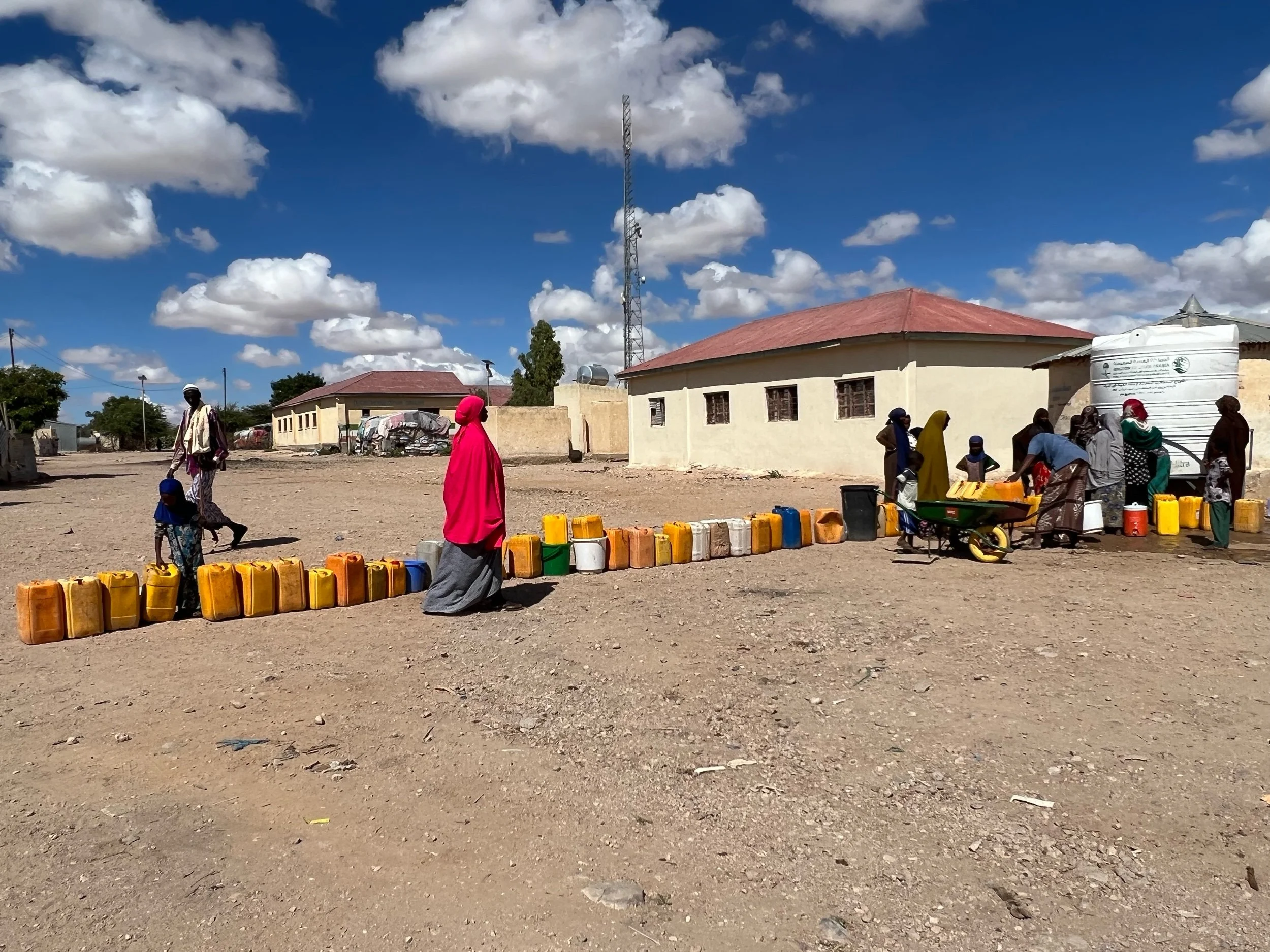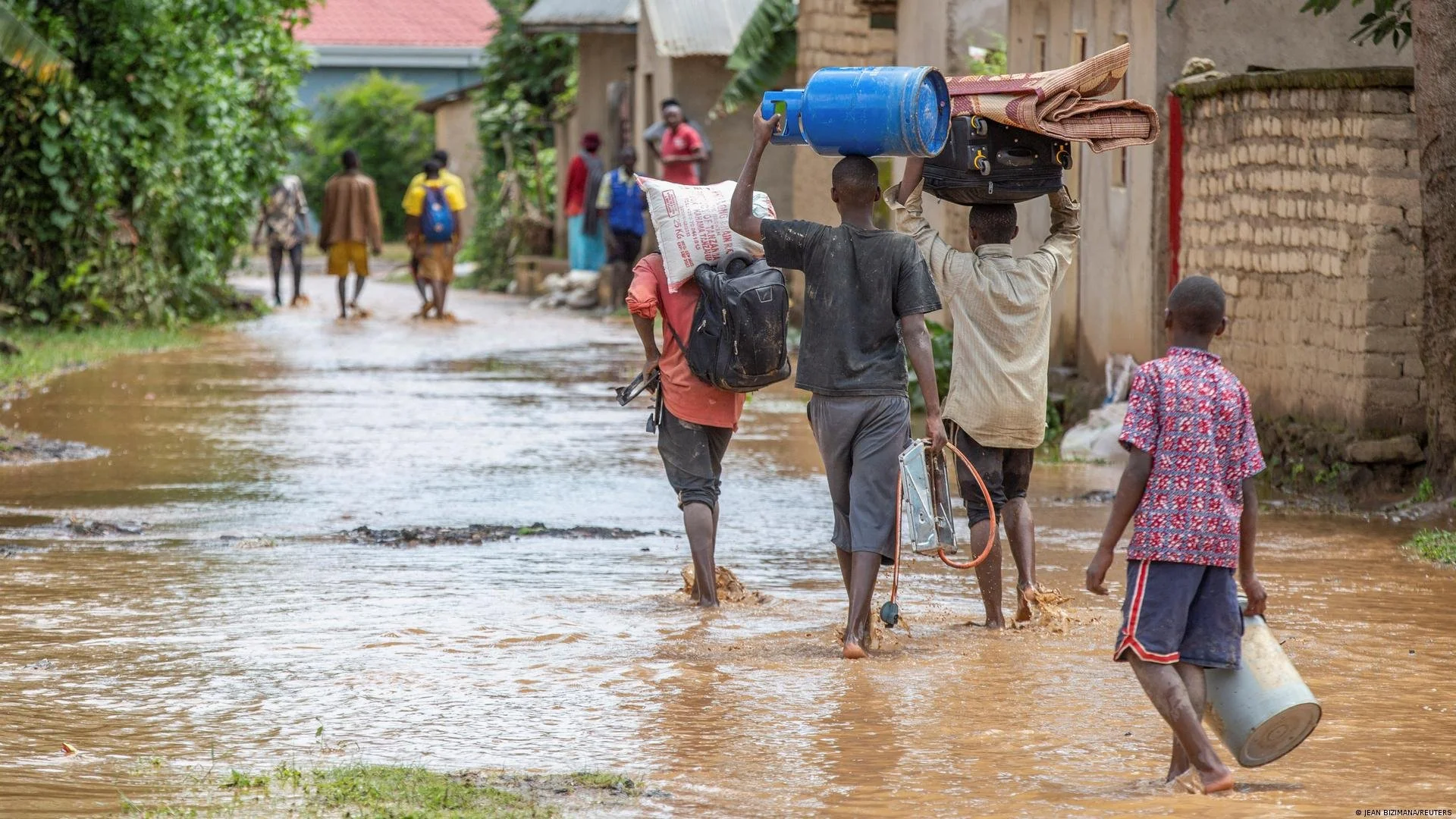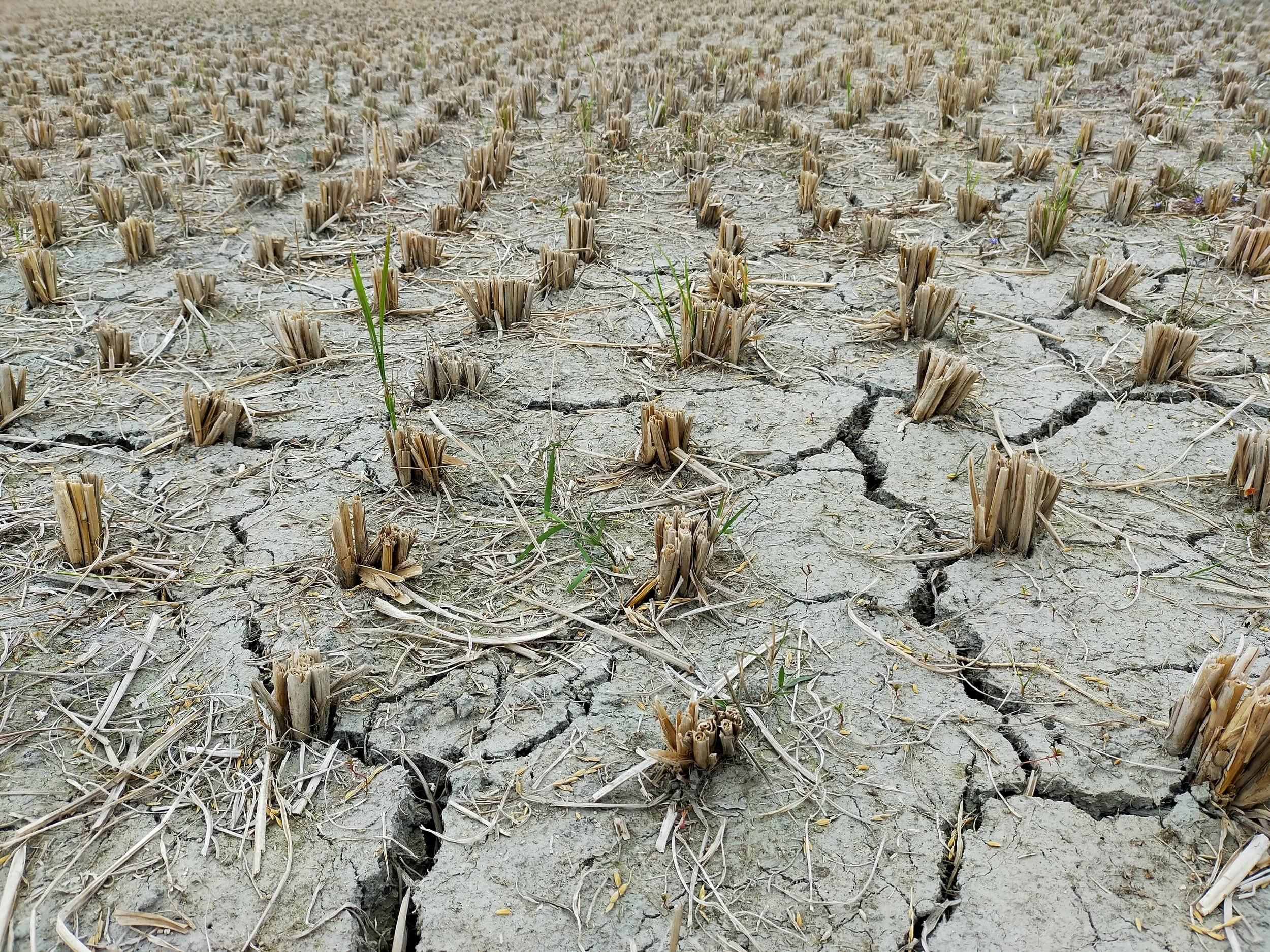May 20 saw the most powerful storm in the Bay of Bengal in over a decade make landfall in populated areas of southern Bengal. At least 86 people are dead, thousands of homes are destroyed and relief operations are hampered by COVID-19 lockdowns. Numerous climate activists in India and Bangladesh say the most recent disaster makes clear that current evacuation procedures are inadequate to deal with the magnitude of need. They say disaster evacuation infrastructure falls short in ensuring social distancing and meeting medical and quarantine needs.
South Asia is a global hotspot for disaster displacement with 9.5 million new disaster displacements in 2019, the highest figure since 2012, according to the Internal Displacement Monitoring Centre. India, alone, recorded the highest number of disaster displacements in the world with five million new disasters in 2019.
While both India and Bangladesh have developed early warning systems and evacuation plans, according to Saleem Huq of the Dhaka-based International Centre for Climate Change and Development, the intensity of the cyclones are increasing due to climate change and thus both countries need to enhance their future preparedness.
Furthermore, while evacuations save lives, it’s the aftermath that goes unmet as disasters destroy property, livelihoods, and with it the futures of generations to come. Thus, climate activists say adaptive measures are required to retrofit infrastructure to withstand disasters and provide livelihood options and tools for climate-resilient agriculture that safeguard food security in disasters and also in response to the impacts of slow-onset climate change.
Droughts, sea-level rise and changes in weather conditions are impacting crops and thus food security, forcing many to migrate for survival according to a new policy brief Climate Migrants Pushed to the Brink by ActionAid International.
ActionAid says climate displacements in South Asia are increasing but a comprehensive policy framework is still lacking because of inadequate data, the scale of the problem continues to go unrecognized and a total absence of local-level strategies on disaster displacement. (The Wire)
Analysis
ActionAid International warns that due to inadequate shelter for all those evacuated and with a need to maintain social distancing to avoid coronavirus spread, shelters will be packed and lack sanitation facilities, especially impacting women. As we pointed out in our feature The Gendered Impacts of Climate Displacement, women are often more adversely affected by climate disasters in numerous ways from displacement, gender-based violence and even death. Unfortunately it didn’t require the double whammy of a global pandemic and one of the largest cyclones ever to coincide in order to recognize that evacuation and emergency shelters - both in conflict and disaster settings - are often inadequate to meet the needs of impacted communities, most notably vulnerable and special needs populations such as the elderly, disabled, LGBT, women and girls.





































